Just what IS in my dog's food? Part 3: Fats
Labels:
dog food,
fat,
healthy,
ingredients
Fats and Oils
Fats are highly digestible, very palatable, and are an energy dense nutritional ingredient. Unlike humans, dogs don't suffer from various diseases related to high fat intake - they metabolize fat the way humans metabolize carbohydrates. Since fats provide 2 1/4 times the amount of calories per gram compared to proteins or carbohydrates, it is not a good idea to feed excessive amounts to less active animals, but restricting consumption too much (and often for the wrong reasons!) or providing poor quality types of fat will lead to various problems - a coarse, dull coat and dry, itchy skin often being the most obvious ones. The dog's body will always utilize fat to convert into energy before protein or carbohydrates. Fat is also important for reproductive efficiency, kidney function and the absorption of the fat soluble vitamins, A, D, E, and K. As a less well known fact, it also serves as a metabolic source of water, so a hard working dog is less likely to get dehydrated when fed a diet higher in fat.
If you see a generic name like "animal fat" on the ingredients list, run the other way! Note that the animal source is not specified and is not required to originate from "slaughtered" animals. The rendered animals can be obtained from any source, so there is no control over quality or contamination. Any kind of animal can be included: "4-D animals" (dead, diseased, disabled, or dying prior to slaughter), goats, pigs, horses, rats, misc. roadkill, animals euthanized at shelters, restaurant and supermarket refuse, rancid cooking grease, and so on.
"Beef tallow" is often used to make low-quality food more palatable. Dogs like the taste of it. Beef tallow is very low in linoleic acid and much cheaper for the pet food industry to use than a good quality vegetable oil or nutritionally rich chicken fat.
"Poultry fat" is from any source and is not defined as "slaughtered poultry". The rendered fowl can be obtained from any source, so there is no control over quality or contamination. Any kind of animal can be included: "4-D animals" (dead, diseased, disabled, or dying prior to slaughter), turkey, chicken, geese, buzzard, seagulls, misc. roadkill, birds euthanized at shelters and so on.
What to look for:
►Specifically named fats and oils such as chicken fat, herring oil, canola oil, sunflower oil, flax oil etc. (but not one preserved with ethoxyquin or BHA/BHT. We'll tackle those sorts of preservatives in a future post).
►High percentages of Omega-6 and Omega-3 fatty acids, but a low ratio of the two. For each percent of Omega-6s at least 0.13% Omega-3s should be present, resulting in a minimum ratio of 7:1. Ratios of 5:1 and lower are preferable. Don't discount a food because of low percentages of essential fatty acids though, you can easily make up for this with a good quality fish oil supplement.
What to avoid:
►Non-specific sources such as animal fat, poultry fat, vegetable oil, generic fish oil
►Mineral oil
►Lard
►Beef tallow
Next time we will talk about the various types of fiber in pet foods. Some may surprise you.
Print Page


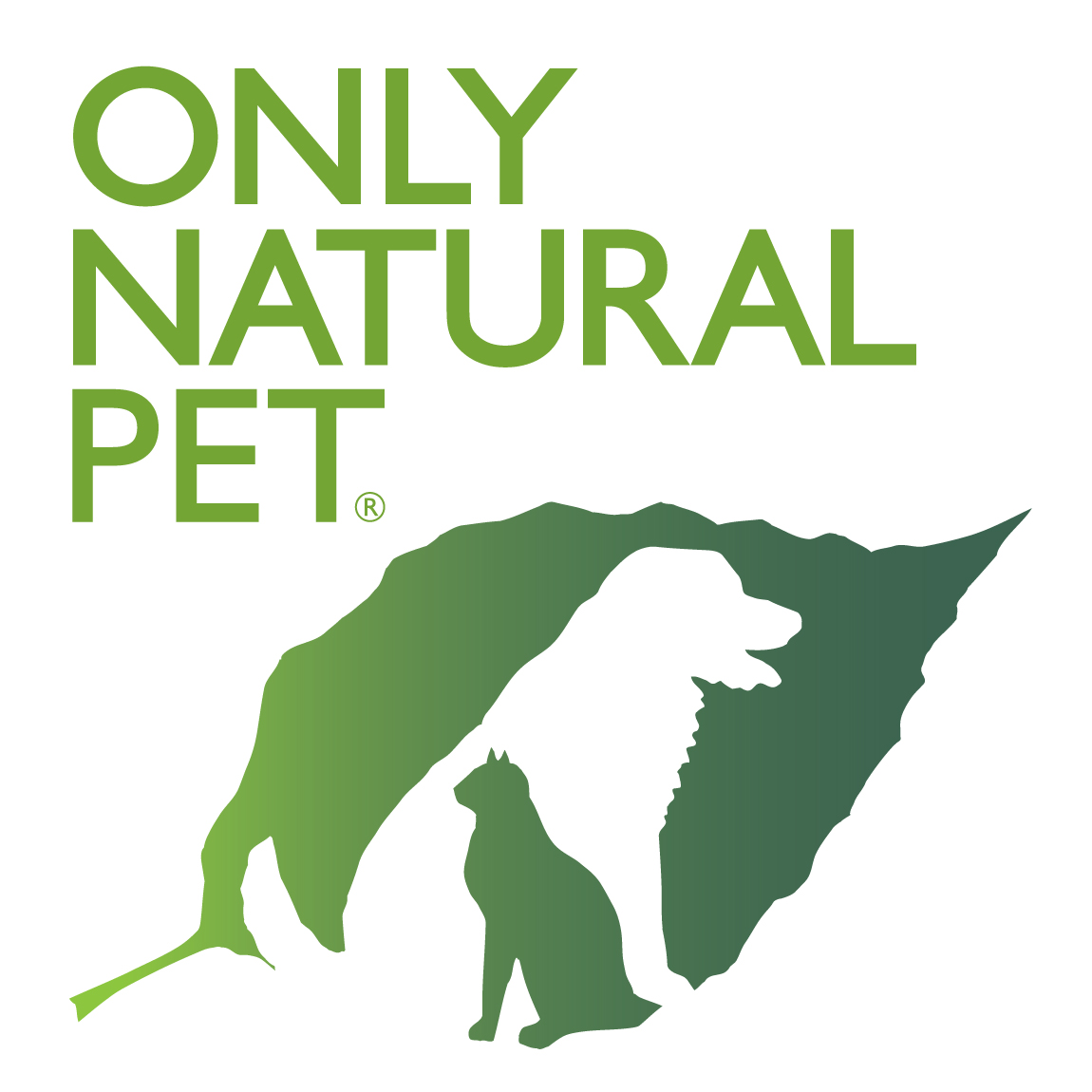


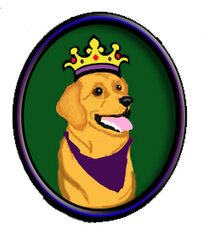


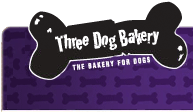







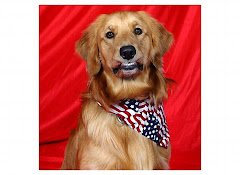




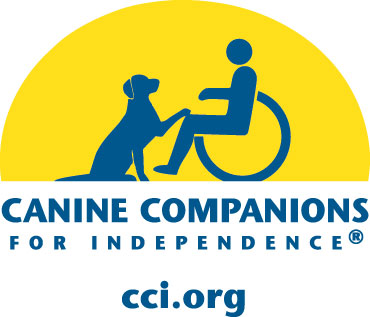




















No comments:
Post a Comment